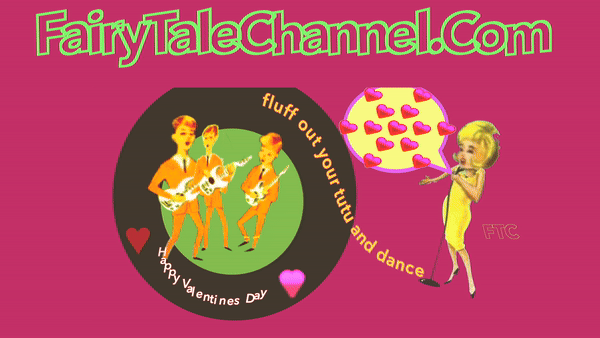Fairy Tale of the Little Ringed Snake, Grimm's Fairy Tale No. 105 Version I
There once lived a little child and every day its mother gave it a small bowl with milk and broken pieces of bread. The child always took the little bowl and went out into the yard, sat down and ate.
But when the child began to eat, a house snake would often creep out of a crack in the wall. It lowered its little head and lapped up the child’s milk, eating right along. The child was pleased with its companion and if it sat alone with its little bowl and the snake did not appear immediately, it cried out:
“Snake, come fast, come swift,
Come here you little thing,
Take from me these crumbs,
And lick the milk refreshing.”
The snake came slithering out and enjoyed the refreshing milk. It also showed its gratitude by bringing the child secret treasures, all manner of pretty things, sparkling stones, pearls and golden toys. But the snake only drank the milk and left the crumbs alone.
Once the child took its little spoon and rapped the snake’s little head and said “You silly thing, you must eat the crumbs too!” When the mother, who was standing in the kitchen, heard the child talking and when she saw that it was hitting a snake with its spoon, she ran out with a piece of firewood and killed the goodly animal.
From that time forward there was a change in the child. The child had grown big and strong as long as the snake had eaten beside it. But now it lost its rosy cheeks and became thin. It wasn’t long until the bird of death appeared at the child’s window one night and began to cry. And the robin gathered leaves and twigs and wove a funeral wreath and soon thereafter the child lay on the bier.
Translation Copyright FairyTaleChannel.org







